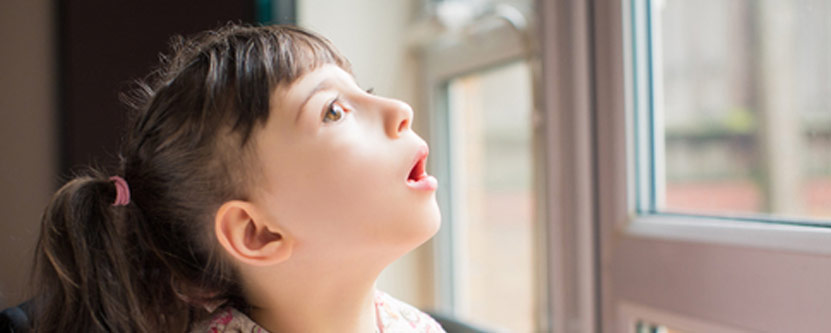Childhood epilepsy (also called as seizures or fits) is a common neurological problem among children. Some international studies report that one in two hundred children under 18 years of age may have at least one seizure.
[the_ad id=”13371″]
Childhood epilepsy has many causes and a wide spectrum ranging from benign to very severe. Benign forms of childhood seizures include febrile seizures, Benign Rolandic Epilepsy, Benign Occipital Epilepsy, etc.
Some epilepsies are severe and can cause a child to regress (go backward in his/her milestones or in language skills) or stop further improvement in developmental milestones unless the seizures are well controlled – such severe epilepsies are collectively known as epileptic encephalopathies. These require aggressive and urgent treatment to ensure that the child’s cognitive and neurodevelopmental outcome remains unaffected.
Unfortunately, seizures are associated with a lot of social stigmas, and patients do not seek attention in a timely manner. Any child with a seizure requires prompt medical attention, evaluation, and treatment by a pediatric neurologist.
Most of the seizures are treatable with proper medications. Your doctor will explain the possible side effects of the medicines and what to look out for in the event side effects occur.
It is essential that seizure medicines are taken every day as prescribed, not taking them can cause seizures to recur. Sometimes a few epilepsies do not respond to medications, in that case, other options like special diet (ketogenic diet), epilepsy surgery, or Vagal Nerve Stimulation could be considered with guidance from an epileptology’s (Seizure Specialist).
Source:

